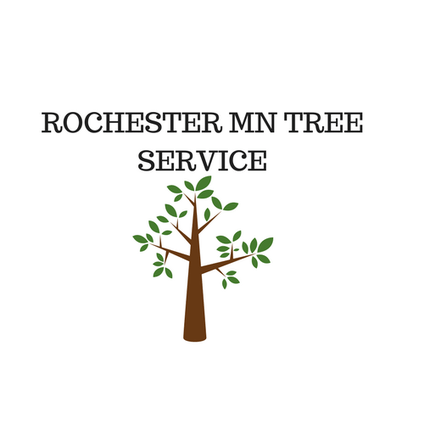Pruning trees is one of the most important landscaping techniques for keeping your trees looking good and in good health. When done properly, do-it-yourself tree pruning can improve your trees’ structure, promote strong growth, and reduce hazards. We’ll lead you through the necessary tools, efficient methods, and ideal time for successful do-it-yourself tree pruning in this extensive tutorial.
Equipment for Do-It-Yourself Tree Pruning:
- Manual Shears: Hand pruners are a necessity for trimming small branches and twigs. There are two varieties: bypass pruners, which provide neat cuts, and anvil pruners, which exert a crushing force. For live branches, bypass pruners are usually the better option.
- Loppers: Loppers with long handles provide greater leverage and are perfect for thicker branches. They are available in bypass and anvil types just like hand pruners. Choose the one most suited to the current task.
- Trimmer Saw: An essential tool for bigger branches is a pruning saw. To make cutting in confined locations easier, look for a saw with a curved blade.
- Pole Pruner: A pole pruner is a tool used to reach high branches that is made out of an extended pole with a saw or pruner attached. Using this instrument to carefully remove branches that are out of reach is highly recommended.
- Safety Gear: Remember to bring safety equipment, such as protective goggles, gloves, and well-made shoes. Use a harness and safety helmet when working near high branches.
Techniques of Do-It-Yourself Tree Pruning:
- Deadwood Removal: First, cut off any diseased, damaged, or dead branches. By doing this, illnesses are kept from spreading and the tree’s general health is enhanced.
- Thinning: In order to improve air circulation and light penetration, branches are progressively removed during the thinning process. This method helps strengthen the structure of the tree and lower its risk of disease.
- Heading Back: Cutting a branch back to a lateral bud or branch is known as heading back. This can preserve the tree’s form and promote bushier development.
- Lifting the Canopy: Remove lower branches to lift the canopy and provide room beneath the tree. This is particularly helpful for trees that are close to buildings or walkways.
- Directional Pruning: Use directed pruning to steer growth away from buildings or other trees when dealing with branches that are growing in undesirable directions.
When to Do Your Own Tree Pruning:
- Pruning in the winter: The best time to perform significant trimming is in late winter, when the tree is dormant. By doing this, the tree has less stress and grows more vigorously in the spring.
- Pruning in the spring: You might perform light pruning in the spring to shape the tree or get rid of deadwood. Pruning a tree too late in the season will hinder its ability to repair, so avoid doing so.
- Pruning in the summer: While summer is a good time to shape the tree and remove minor branches, significant pruning is usually not advised. Take care not to remove an excessive amount of foliage during this season.
- Fall Pruning: Since the tree is getting ready for dormancy, fall is usually not the greatest season for pruning. Nonetheless, this is an excellent time to take care of any urgent safety issues or get rid of any dead or unhealthy branches.
A rewarding and useful part of tree maintenance can be do-it-yourself tree pruning, provided you have the appropriate equipment, know-how, and time. Always put safety first, make a plan beforehand, and check your trees frequently for care requirements. You can ensure the safety and lifespan of your trees while also improving the health and aesthetic appeal of your landscape by becoming an expert in tree pruning.
